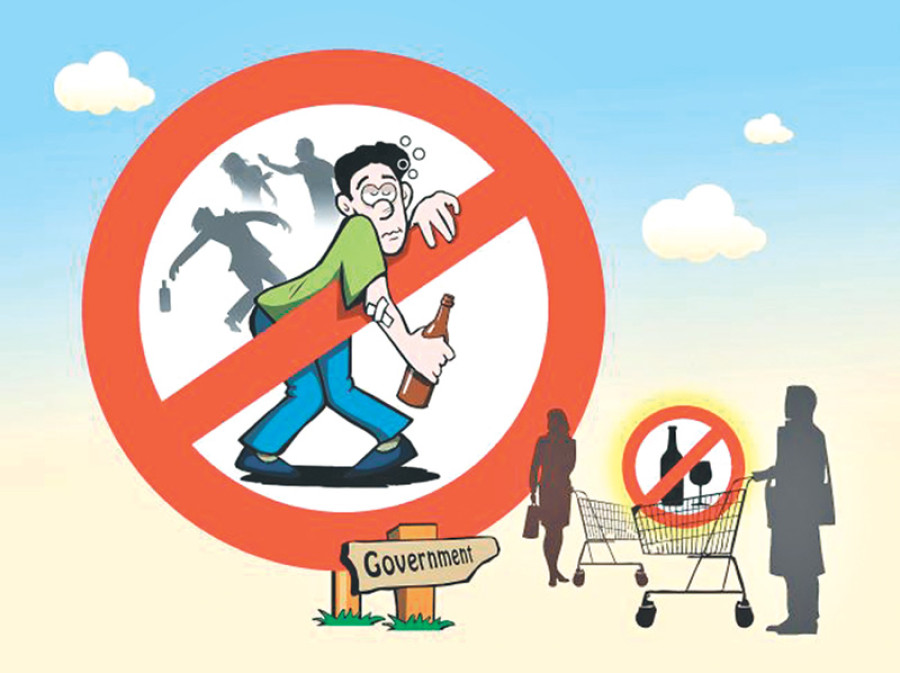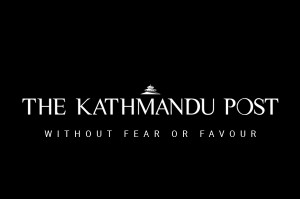Valley
Gov’s stringent policy to regulate alcohol products
The government has adopted a stringent policy to regulate sales of alcohol products that now require mandatory pictorial health warnings while setting age bar in the sales of such products.
Manish Gautam
The government has adopted a stringent policy to regulate sales of alcohol products that now require mandatory pictorial health warnings while setting age bar in the sales of such products.
The Cabinet on Monday night endorsed the “National Policy on Regulation and Control of Alcohol-2017” that now requires each producer to put a pictorial warning that depicts liver cirrhosis and effects on other organs, covering at least 75 percent of the bottle. Also, a statutory warning that drinking is injurious to health should be prominently displayed on the bottle. Tobacco products, including cigarettes, already display such pictorial warnings.
Similarly, people under 21 years of age and pregnant women cannot purchase alcoholic drinks. The policy has also imposed restriction on purchase of alcohol from retail stores from 5am to 7pm. “The policy has barred any government institutions from hosting events with alcoholic beverages,” said Raju Katuwal, legal advisor to Health Minister Gagan Thapa. “Besides, it also discourages using alcoholic drinks in private parties.”
Also, the policy has barred any form of advertisement in print or other digital media. Although the new policy has not designated any fixed areas for sales of such products, it has listed restricted areas for sales including public places, schools and colleges, religious and holy places, and other historic places. Katuwal said they are currently holding discussions on formulating an Act that will provide a firm ground to implement the provisions on the policy.
Many South-Asian countries, including Sri Lanka and India, have stricter rules which are designated as Liquor Control Zones—places with a higher risk of public disorder associated with excessive drinking.
According to Health Ministry, at least 17.8 percent of the total population has the habit of drinking on a daily basis, while around 2 percent consume alcohol in harmful ways. A survey conducted in 2013 by the Nepal Health Research Council showed that proportion of drinking was high among the men.
Around 50 people out of 100,000 die due to alcohol usage in the country, suggests a World Health Organization (WHO) report released 2014.
Globally, the WHO attributes 3.3 million annual deaths to harmful use of alcohol which is also a leading cause for over 200 diseases and injuries. Startlingly, the world health body states that 25 percent of deaths in 20-39 years age group are due to excessive alcohol consumption.
New liquor law
- Producers must put pictorial warnings covering at least 75 percent of the bottle
- A statutory warning ‘drinking is injurious to health’ should be prominently displayed
- People under the age of 21 and pregnant women barred from purchasing alcoholic drinks
- Retails shops are not allowed to sell alcohol from 5am to 7pm
- No alcoholic beverages in events hosted by govt institutions
- A total ban on alcohol advertising
- Ban on sales of alcoholic products in public places, schools and colleges, religious and holy places, and historic places, among others




 12.12°C Kathmandu
12.12°C Kathmandu









%20(1).jpg&w=300&height=200)

